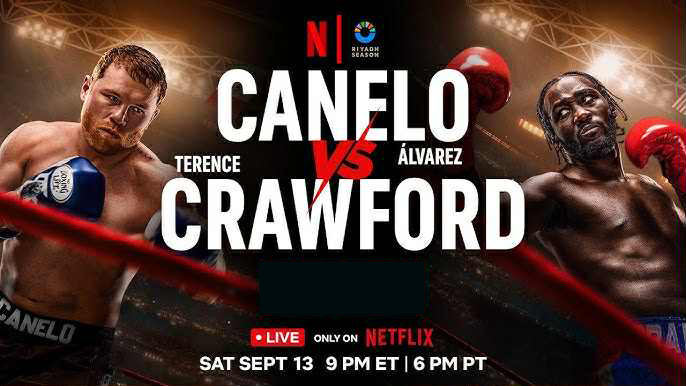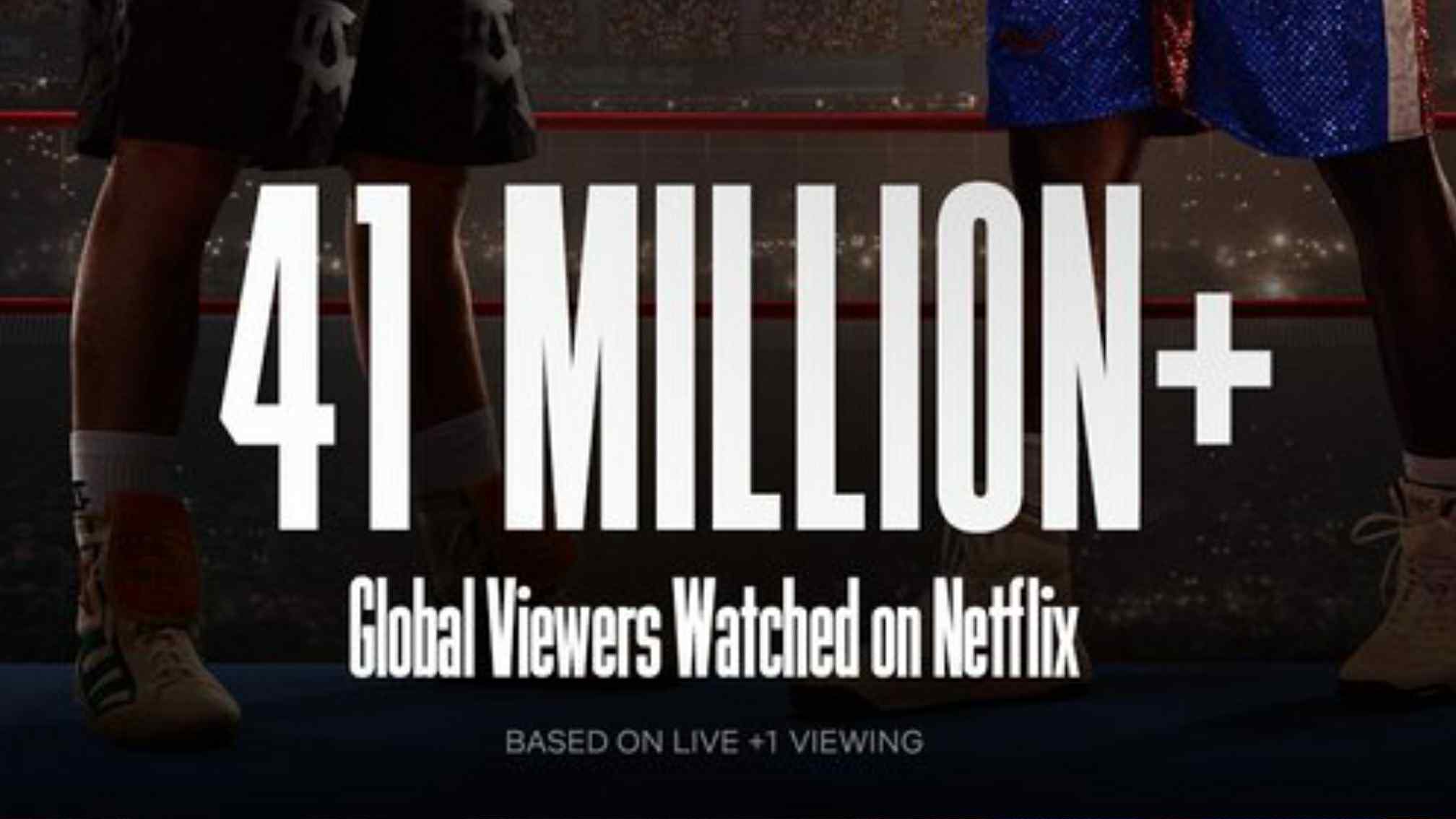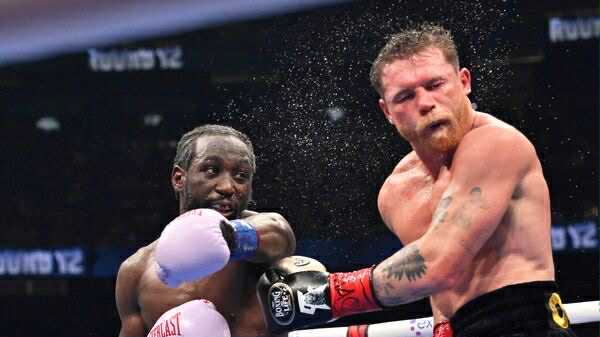For more than a century, boxing’s biggest nights have been built on the pay-per-view model. Fans paid steep prices to watch megafights at home, promoters chased PPV buy rates, and broadcasters counted the revenue. But on September’s historic night at Allegiant Stadium, the sport took a bold leap into the future. With Saul “Canelo” Alvarez and Terence “Bud” Crawford headlining in front of 70,482 fans and a global audience tuning in on Netflix, boxing showed the world that its business model is changing forever.
The financial numbers told part of the story. The live gate generated $47,231,887, the third largest in boxing history, behind only Mayweather–Pacquiao and Mayweather–McGregor. That staggering figure alone underscored the drawing power of the two pound-for-pound greats. Yet, what set this event apart was not just what happened inside Allegiant Stadium, but how it was delivered worldwide.
For the first time, a boxing super fight bypassed pay-per-view altogether. Instead, Netflix streamed the event directly to its 260+ million subscribers worldwide. This meant that fans from Los Angeles to Lagos to London could watch the fight without additional fees. In a sport that has often priced out casual fans, this move was revolutionary.
From a business perspective, it was a calculated gamble. Would eliminating the traditional PPV model, often generating hundreds of millions in direct buys, be offset by the broader reach of a subscription-based streaming giant? For boxing purists, the results spoke volumes: the fight became one of the most globally accessible events in the sport’s modern history, breaking down barriers to entry that had long plagued the sport.
For Netflix, the stakes were equally high. The streaming giant has dabbled in live sports before, but this was its most ambitious project yet. Partnering with Turki Alalshikh’s TKO promotions, Netflix wasn’t just broadcasting a fight—it was signaling its intent to become a heavyweight in live sports programming. Industry analysts will now be closely watching subscriber growth, viewing metrics, and international engagement to see if this gamble pays long-term dividends.
The success of Canelo vs. Crawford also sets a precedent for the future. If Netflix or other streaming platforms can absorb the costs and deliver blockbuster fights to a global audience, promoters may rethink the economics of boxing. Instead of chasing 1–2 million PPV buys, the sport could tap into hundreds of millions of potential viewers with a single broadcast deal. For fighters, this shift could mean even bigger paydays as their visibility skyrockets worldwide.
Of course, questions remain. Can the sport consistently deliver fights of this magnitude to keep global audiences engaged? Will PPV be reserved only for niche events, or is this the beginning of the end for the model entirely?
What’s undeniable is that the Canelo vs. Crawford fight was more than just a clash of legends. It was a proof of concept that the future of boxing may not lie in how many people can afford $89.99 on a Saturday night—but how many millions can log into their streaming service and watch the sport at its highest level.
September’s showdown wasn’t just about who won inside the ring. It was about how boxing won outside of it—by showing that the business of the sport is ready for a new era.



